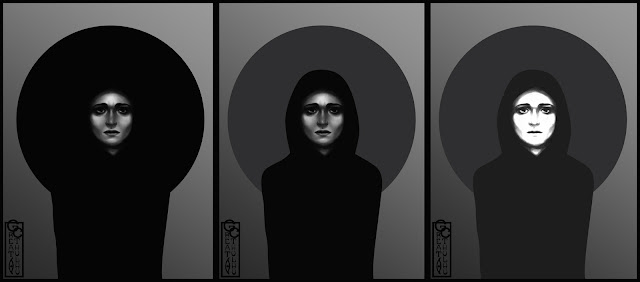Vin Clair: The Wine Before the Bubbles
VIN CLAIR: THE WINE BEFORE THE BUBBLES
Vin clair is a fundamental building block in the Champagne production process: this unknown still wine behind the bubbles deserves more recognition.
It’s hard to imagine Champagne being anything else than the delicious drink it is. It’s an iconic wine and a celebratory drink second to none. But before all those beautiful bubbles were born the wine itself was a vastly different drink.
When the vineyards outside are getting their well-deserved beauty sleep, enologists and cellar masters in Champagne are busy blending vins clairs, or ‘clear wines' in French, to compile a wine that will eventually become Champagne.
VIN CLAIR: THE FERMENTATION PROCESS
After the grapes are harvested and transported to the winery, first fermentation takes place. Consider the sub-regions, vineyards and small parcels, grape varieties and such as a palette the cellar master uses to assemble the final blend. Usually, musts are fermented in small batches.
Some times, but not always, different grape varieties such as Pinot Noir, Chardonnay, and Pinot Meunier are fermented separate from each other. Also, every village or cru, specific plots of land with different age of vines and exposures are all fermented separately. This is done in order to highlight different characteristics and essentially create a tool for the cellar master to use in creating the perfect blend.
WHAT EXACTLY IS VIN CLAIR?
It’s wine! It’s a still wine, meaning no bubbles - yet.At Champagne Bollinger, the team of enologists noses through a sea of vins clairs to create the non-vintage Special Cuvée. In fact, they might taste up to 650 different clear wines. You might be thinking: “Oh wow, 650 champagnes? Sounds like a party.” Nope. These are the juvenile vins clairs we are talking about. Tasting them is as much fun as drinking raw lemon juice. The shockingly sharp flavor profile and acidity in these wines are indeed the backbone that all Champagnes are built upon.
We are often taught that vintage Champagne is the ultimate wine. Not if you ask the cellar masters. According to them, on a good vintage, it is relatively easy to make excellent vintage Champagne. Surprisingly, it is the casual “little brother” of vintage bubbles that takes decades worth of knowledge and brutally hard work to make. With non-vintage Champagne consistency is king.
Each Champagne house has their unique style. It is the job of the cellar master to create the same champagne year after year, and that’s where blending comes into the picture.
FROM VIN CLAIR TO CHAMPAGNE
“The biggest challenge is, of course, the consistency. There is a lot of outside pressure from wine lovers, dedicated champagne enthusiast, journalists, etc., on top of the pressure I put on myself to match everyone’s expectations,” says Gilles Descôtes, the cellar master at Champagne Bollinger. “We need to forecast decades ahead when we blend the vins clairs. How will this wine evolve, how will it look, and how will it smell and taste, but not only that, we always need to think about the house style as well. Keeping the Special Cuvée consistent year after year, decade after decade is no easy task.” Every champagne house has a different way of doing things, which is one of the reasons why this wine category is particularly interesting.When the blend finally comes together, it’s time for the dosage. Sugar is added to the wine that will help with the second fermentation that occurs in the bottle which will ultimately create all those delicious and delicate bubbles that we all love. Sounds simple but the dosage is actually an essential part of making Champagne. But that’s another story.
http://bit.ly/2Gpx9yu


Comments
Post a Comment